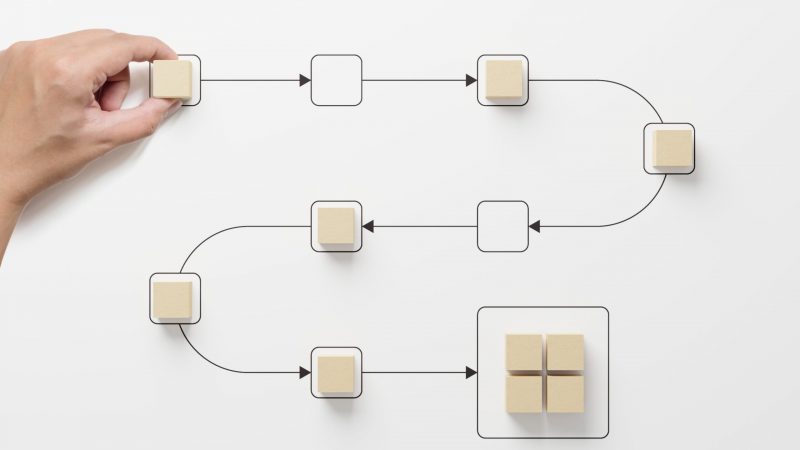Account reconciliation is the process of comparing and verifying two sets of records to ensure they are in agreement. The two sets of records being compared are typically the records of a company’s financial transactions and the records of a financial institution, such as a bank or credit card company.
The purpose of account reconciliation is to ensure that the company’s financial records are accurate and in compliance with generally accepted accounting principles (GAAP). To put it simply, account reconciliation is like checking your work on a math test or going over the final draft of a research paper to make sure there are no mistakes.
The process of account reconciliation typically involves comparing the company’s records of financial transactions, such as check registers, invoices, and receipts, with the records of the financial institution, such as bank statements or credit card statements. Any discrepancies that are found are then investigated and corrected.
Account reconciliation, especially when done on a regular basis and combined with other consistent financial planning, is an important step in reliable and accurate finances.
6 Types of Account Reconciliation
1) Bank reconciliation
This process compares the bank statement balance with the balance in the company’s accounting records to ensure they match and to identify and correct any discrepancies.
Pros: helps ensure that the company’s cash balance is accurate, can help identify and prevent fraud, and can help ensure that all bank charges and interest are recorded correctly.
Cons: time-consuming and lots of manual work so it’s prone to errors.
2) Credit card reconciliation
This process compares the credit card statement balance with the balance in the company’s accounting records to ensure they match and to identify and correct any discrepancies.
Pros: helps ensure that the company’s credit card balances are accurate, can help identify and prevent fraud, and can help ensure that all credit card charges and interest are recorded correctly.
Cons: time-consuming and lots of manual work so it’s prone to errors.
3) Accounts payable reconciliation
This process compares the amounts a company owes to its vendors with the amounts recorded in the company’s accounting records to ensure they match and to identify and correct any discrepancies.
Pros: helps ensure that the company’s accounts payable balances are accurate, can help identify and correct any discrepancies, and can help ensure that all vendor invoices are paid on time.
Cons: time-consuming and lots of manual work so it’s prone to errors.
4) Accounts receivable reconciliation
This process compares the amounts a company is owed by its customers with the amounts recorded in the company’s accounting records to ensure they match and to identify and correct any discrepancies.
Pros: helps ensure that the company’s accounts receivable balances are accurate, can help identify and correct any discrepancies, and can help ensure that all customer invoices are paid on time.
Cons: time-consuming and lots of manual work so it’s prone to errors.
5) General ledger reconciliation
This process compares the balances in the general ledger with the sub-ledgers (such as accounts payable, accounts receivable) to ensure they match and to identify and correct any discrepancies.
Pros: helps ensure that the company’s financial statements are accurate, can help identify and correct any discrepancies, and can help ensure that the company’s financial records are in compliance with generally accepted accounting principles (GAAP).
Cons: time-consuming and lots of manual work so it’s prone to errors.
6) Payroll reconciliation
This process compares the payroll records with the general ledger to ensure they match and to identify and correct any discrepancies.
Pros: helps ensure that the company’s payroll records are accurate, can help identify and correct any discrepancies, and can help ensure that all employees are paid correctly and on time.
Cons: time-consuming and lots of manual work so it’s prone to errors.
All of the above reconciliation types are crucial to proper financial management and should be done regularly to maintain the accuracy and integrity of the financial records. Due to the amount of time and being error prone, many companies are using financial automation tools to improve the speed and accuracy of tasks such as account reconciliation.



